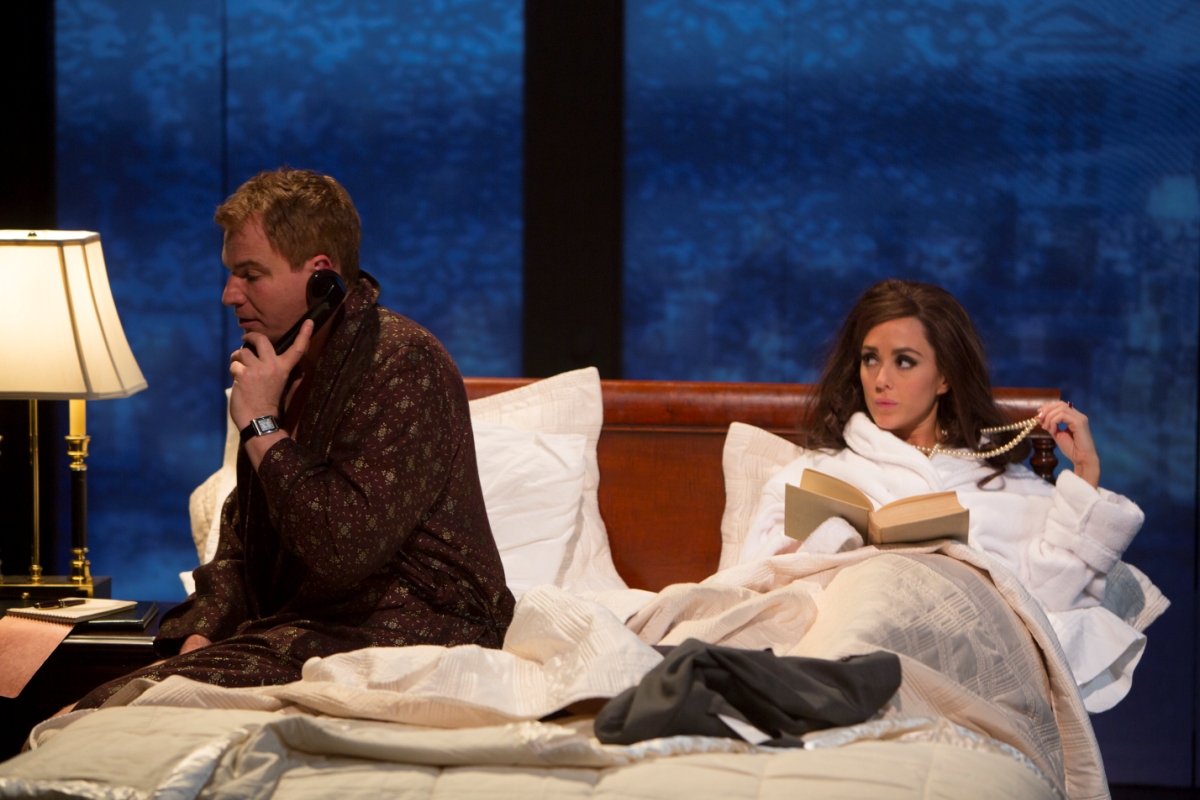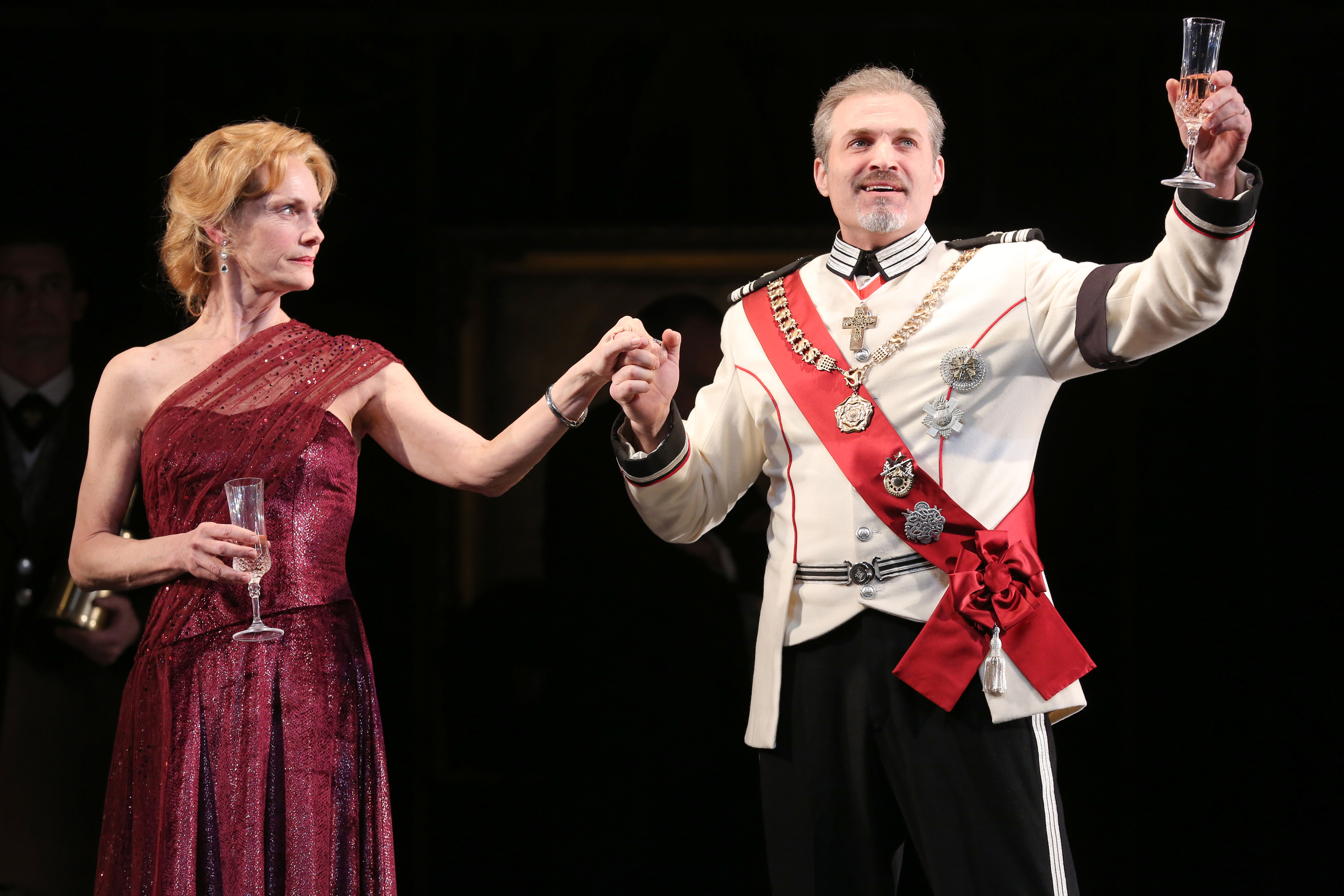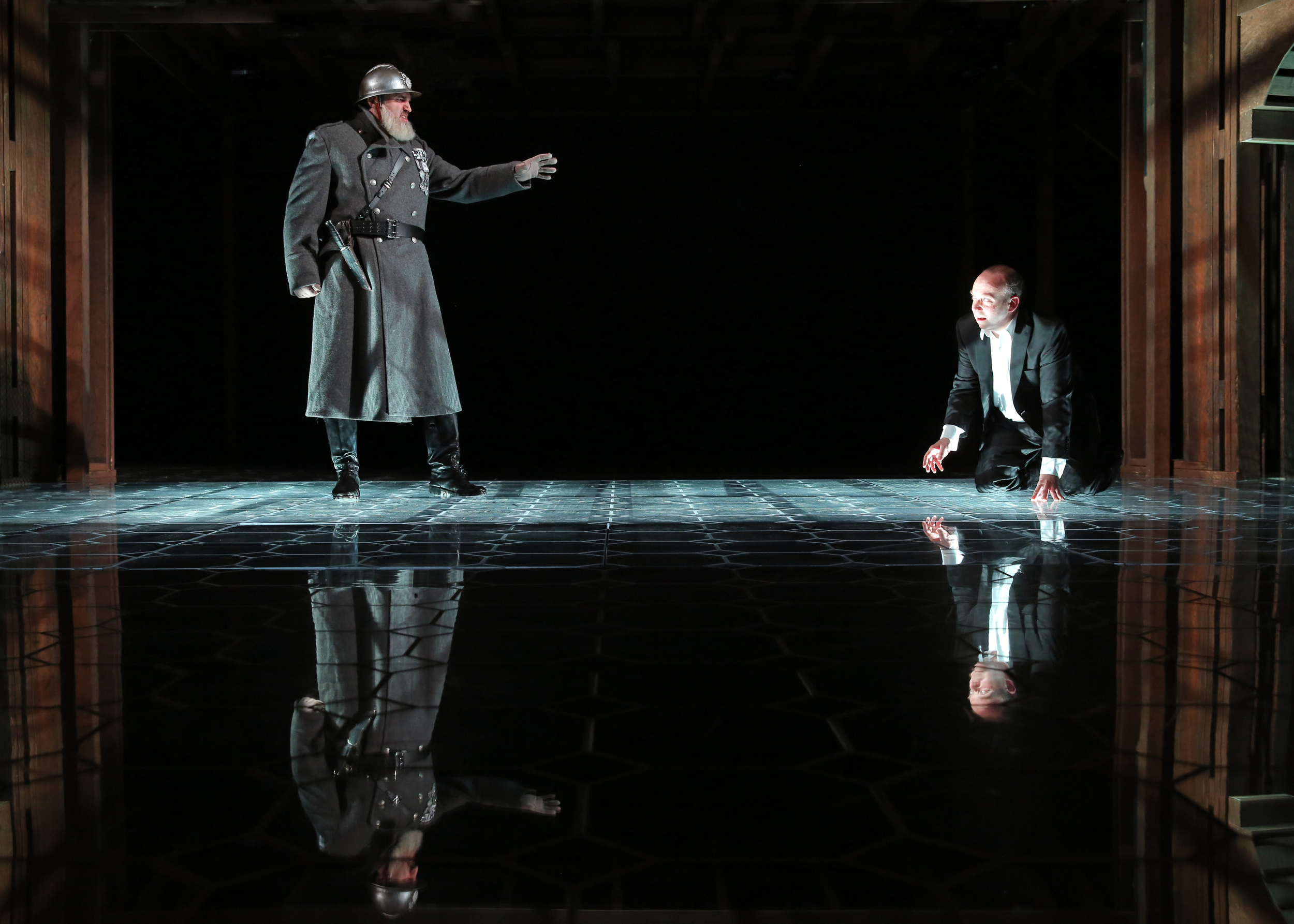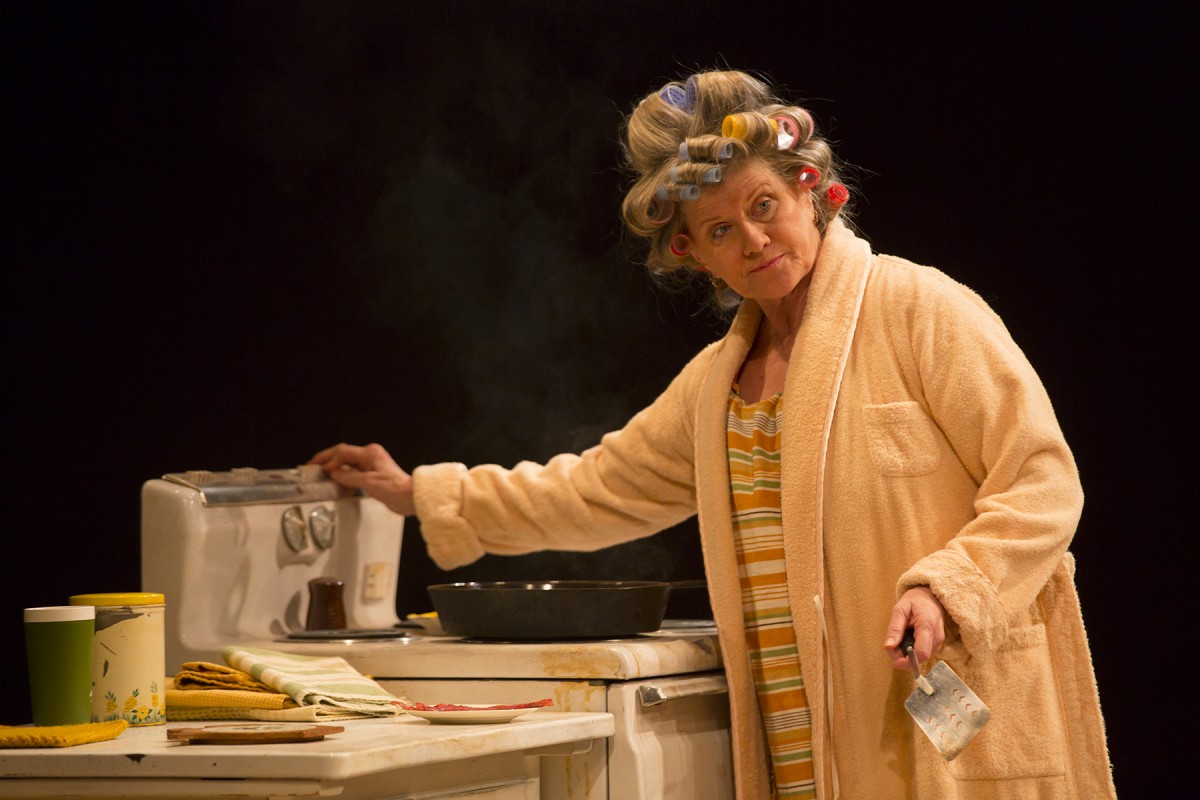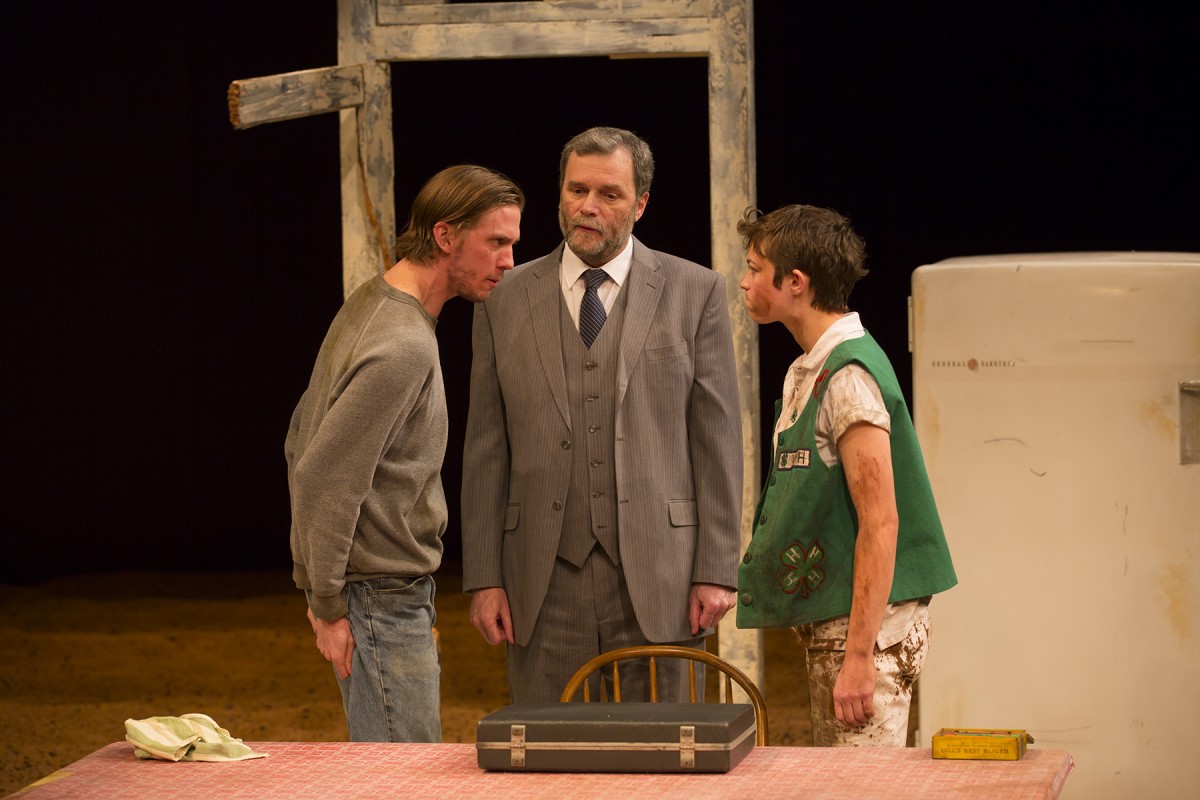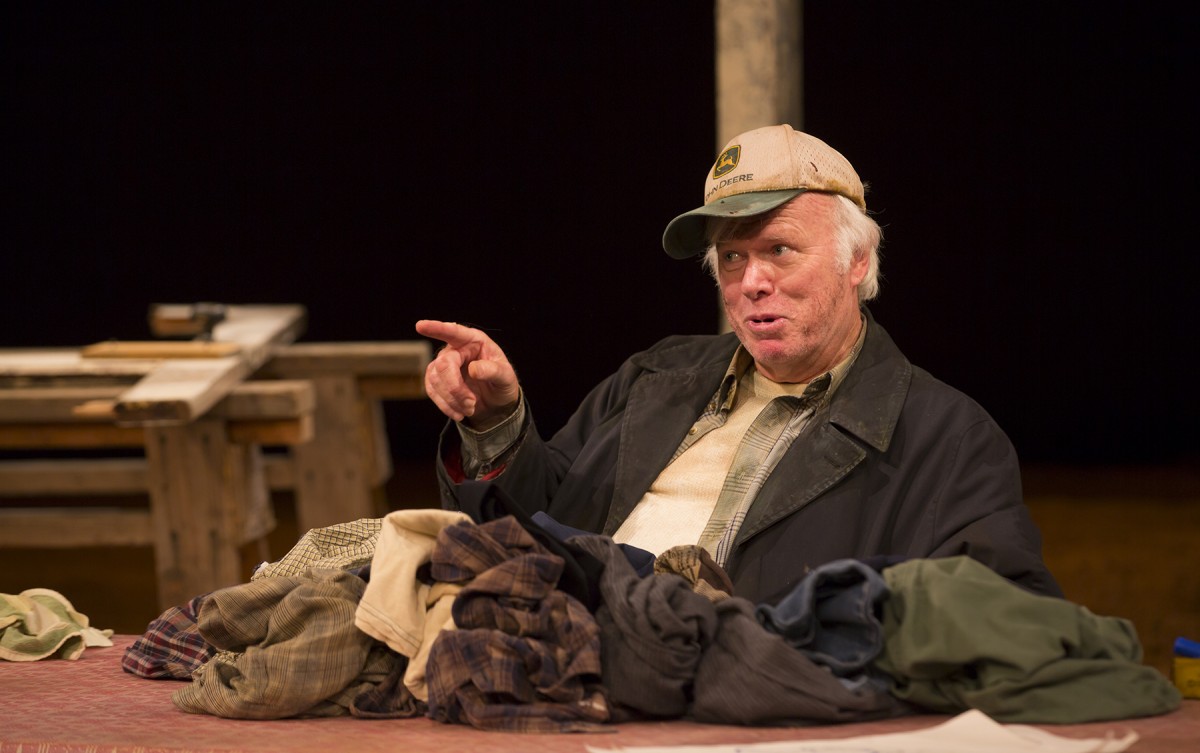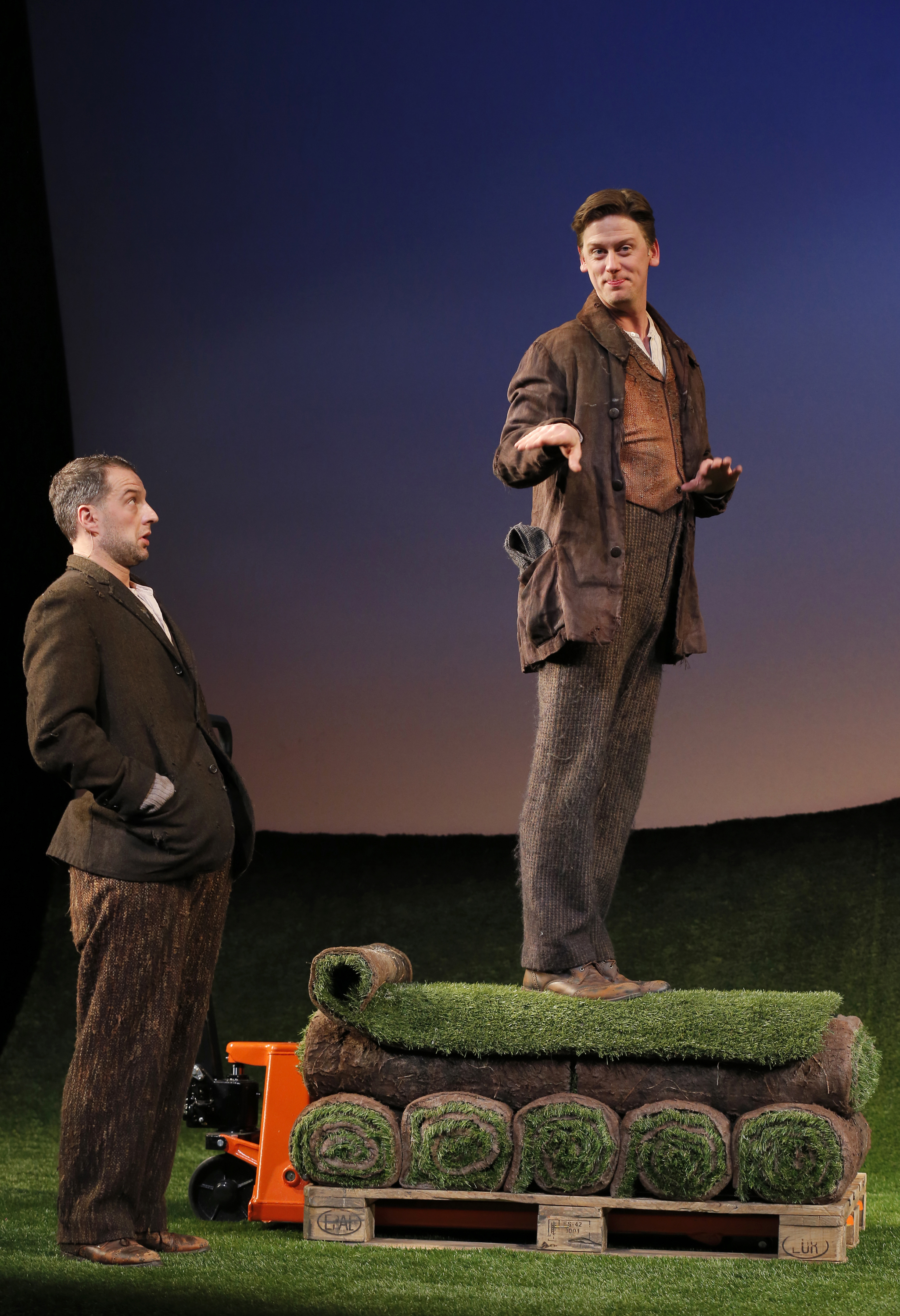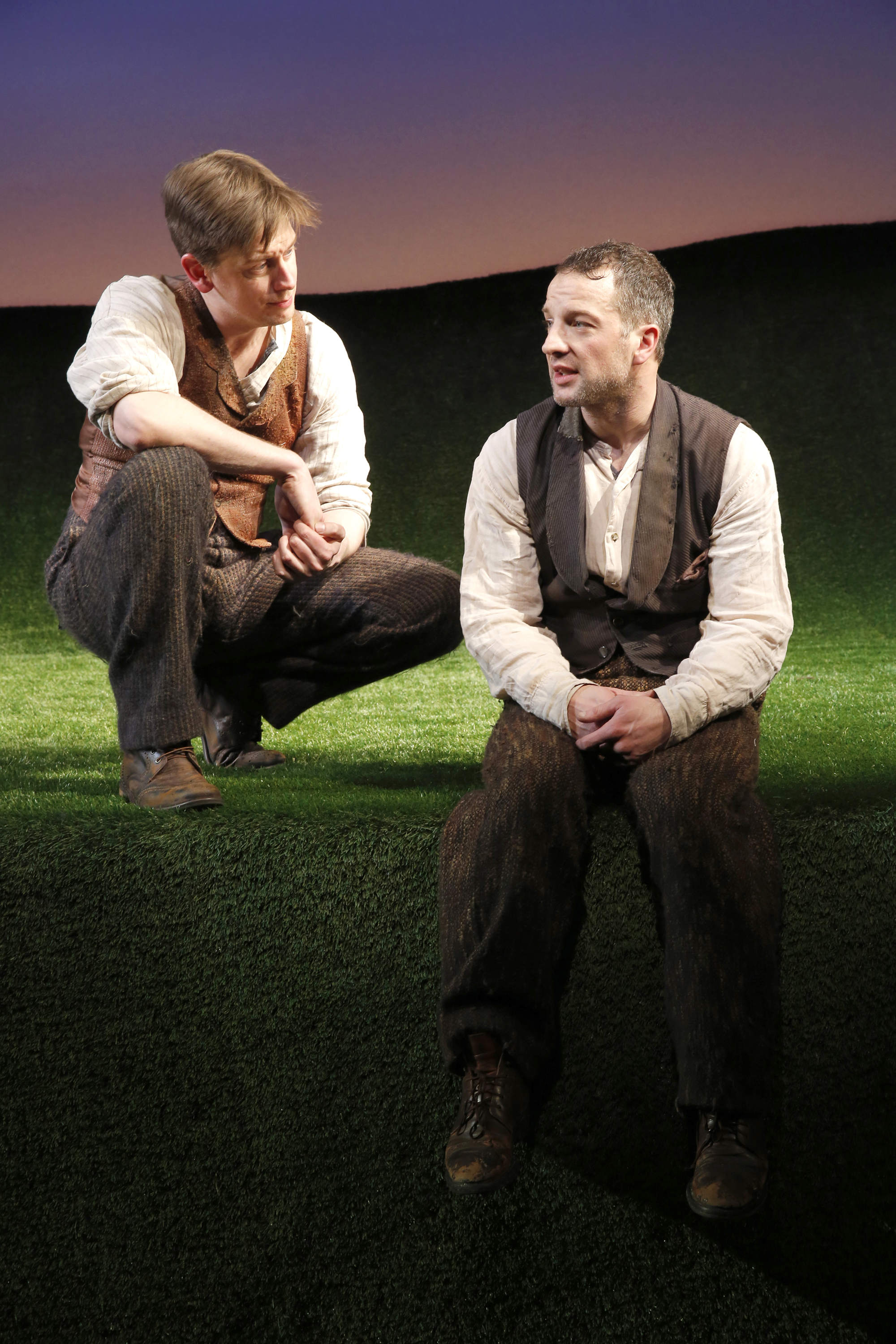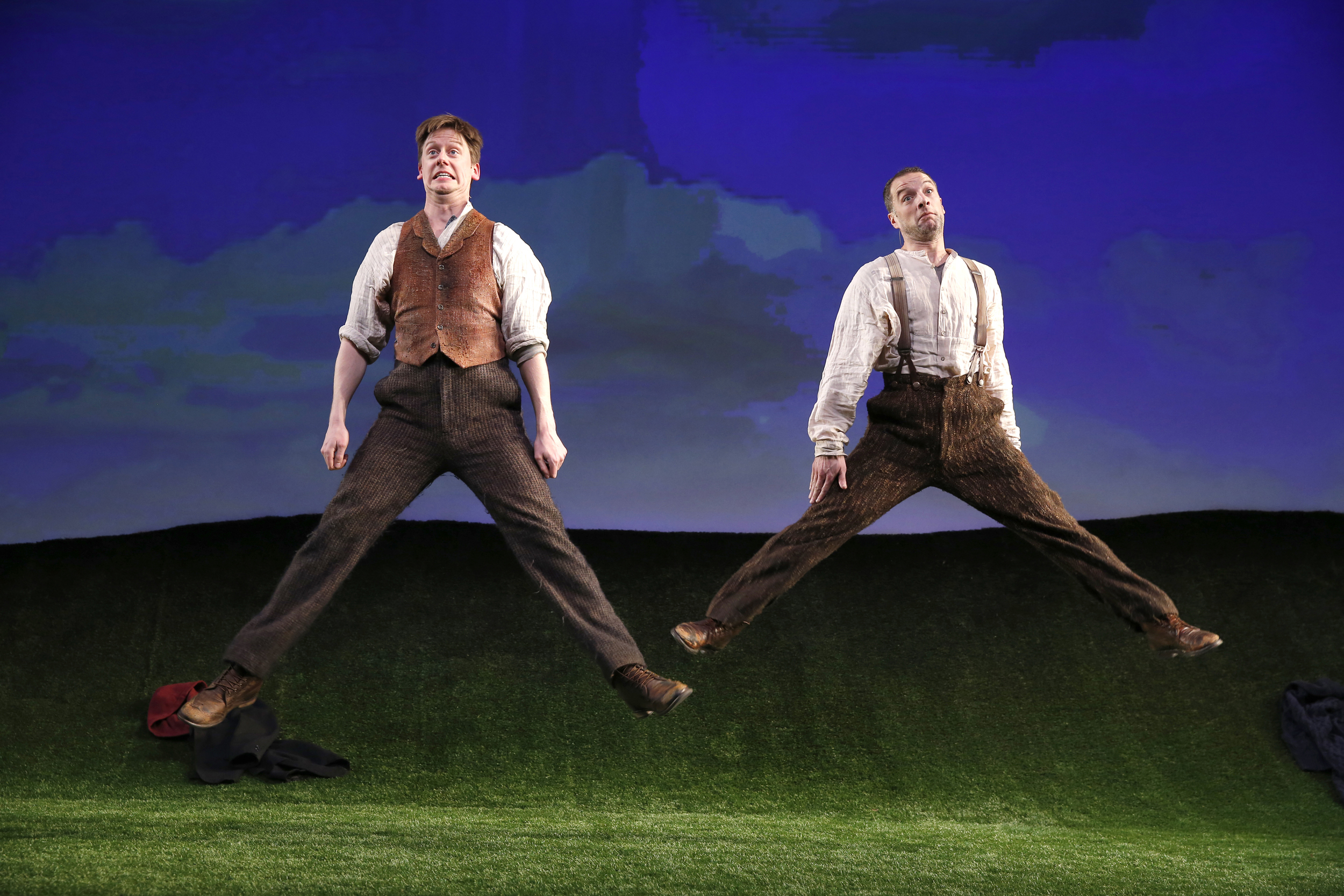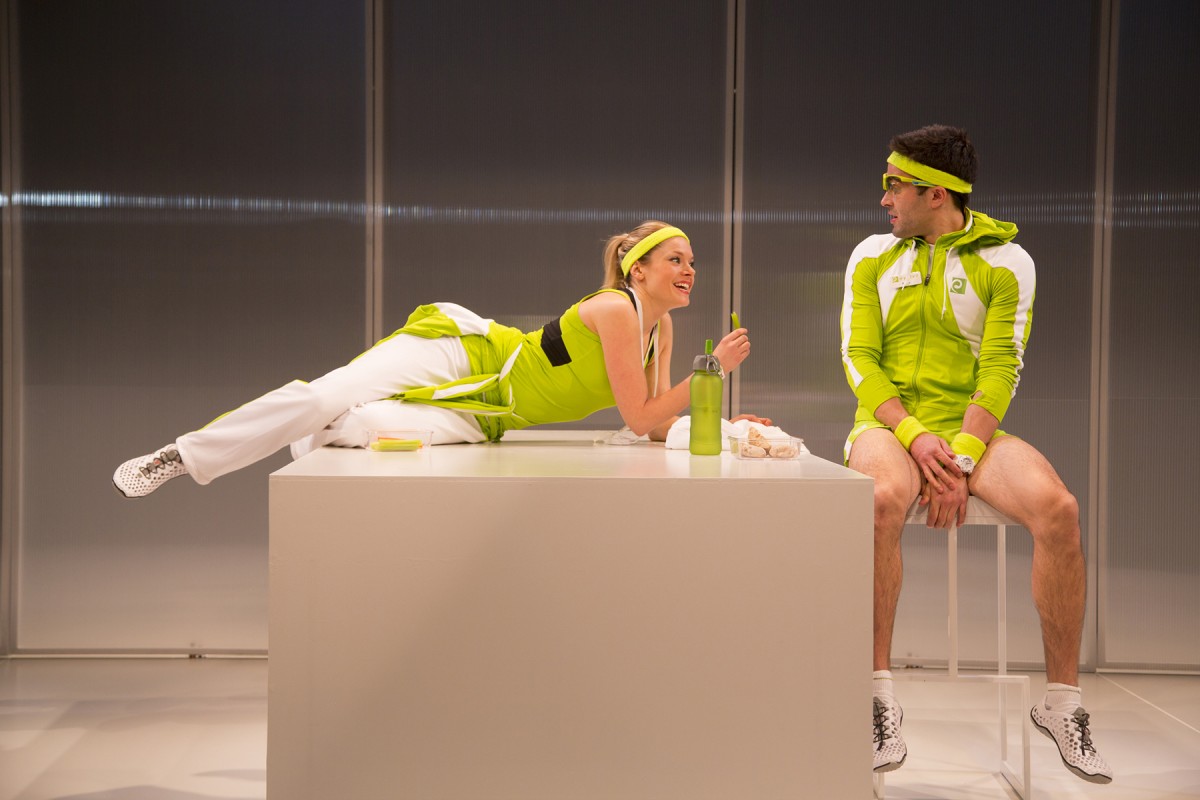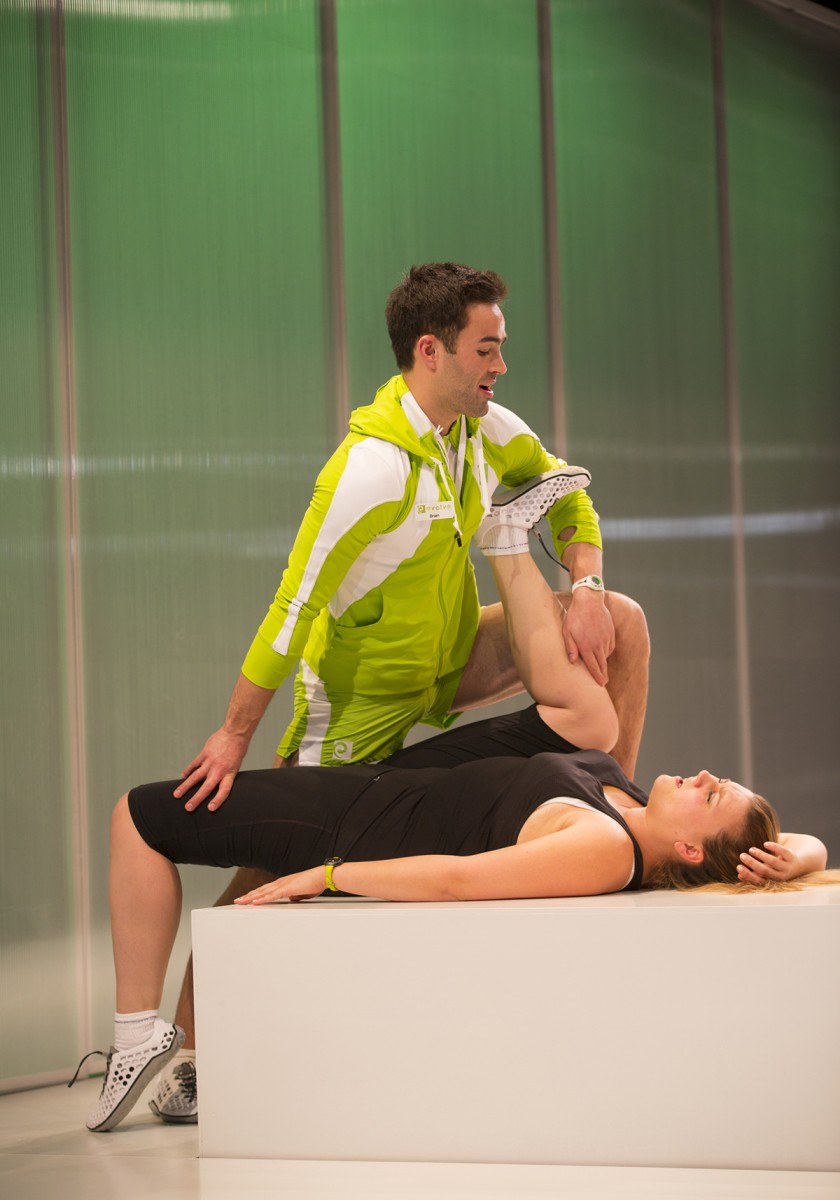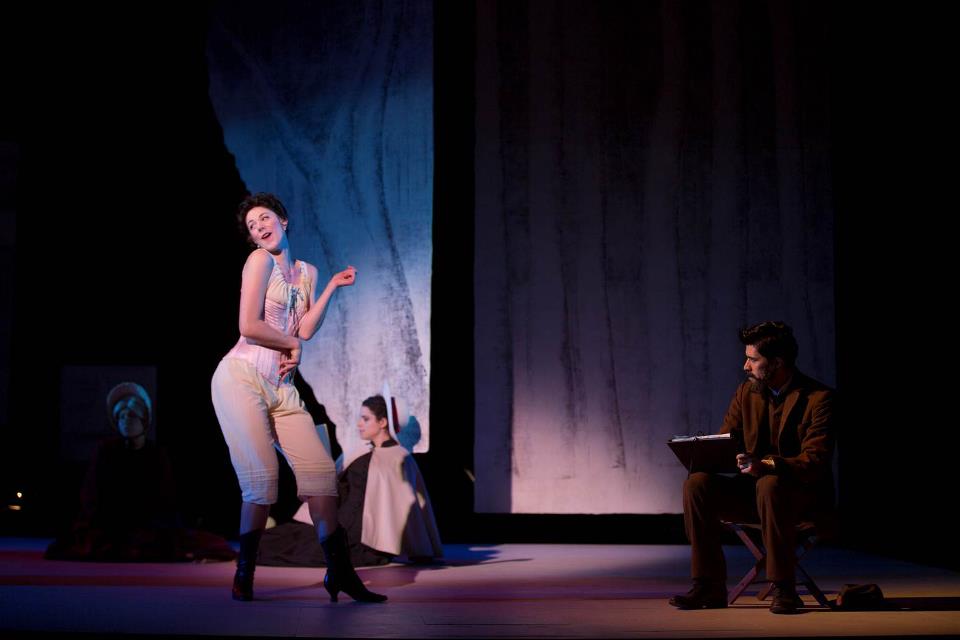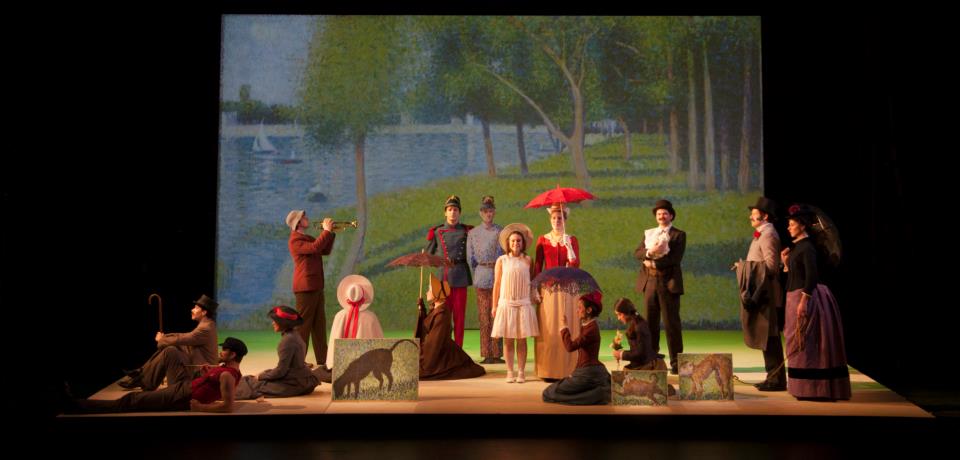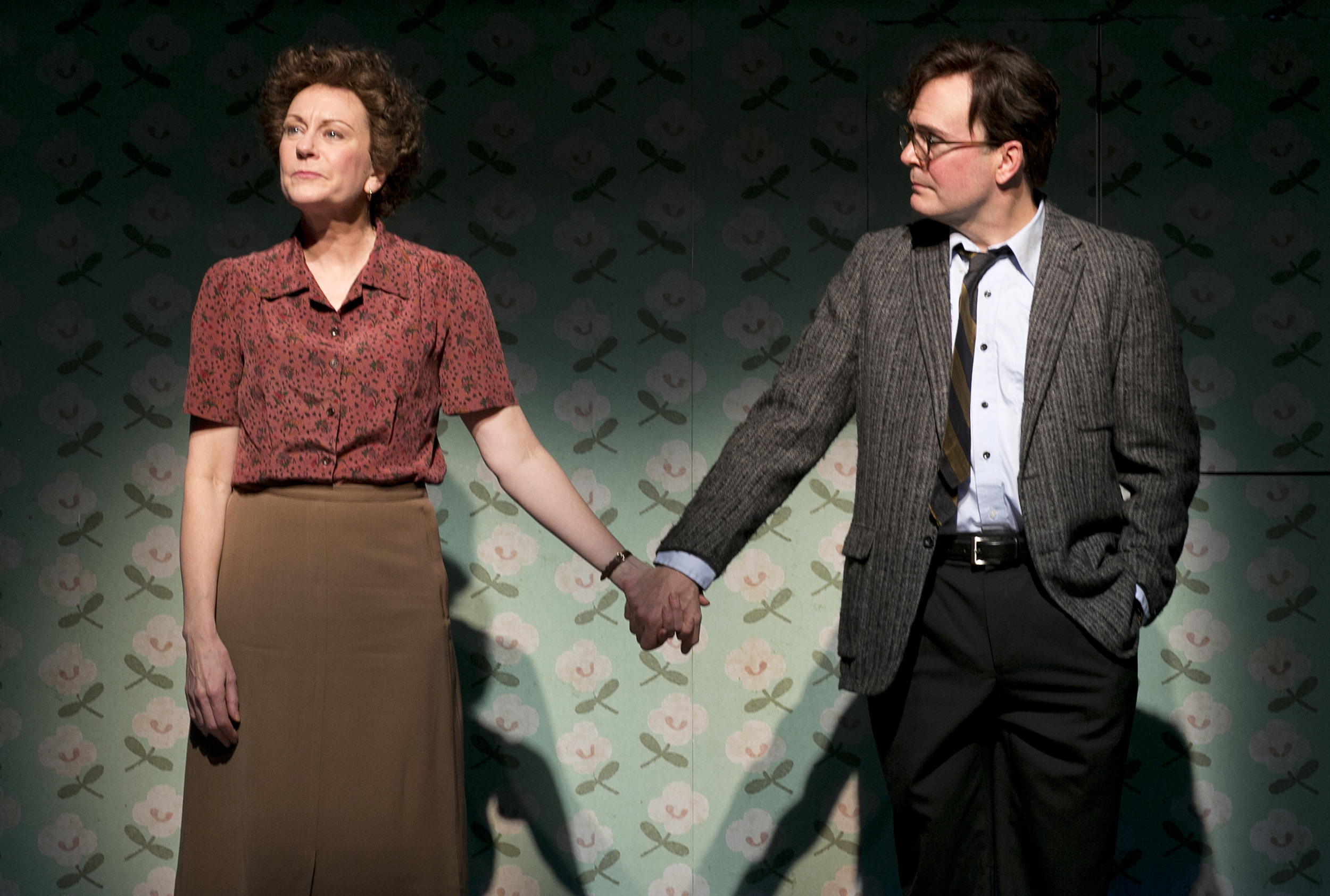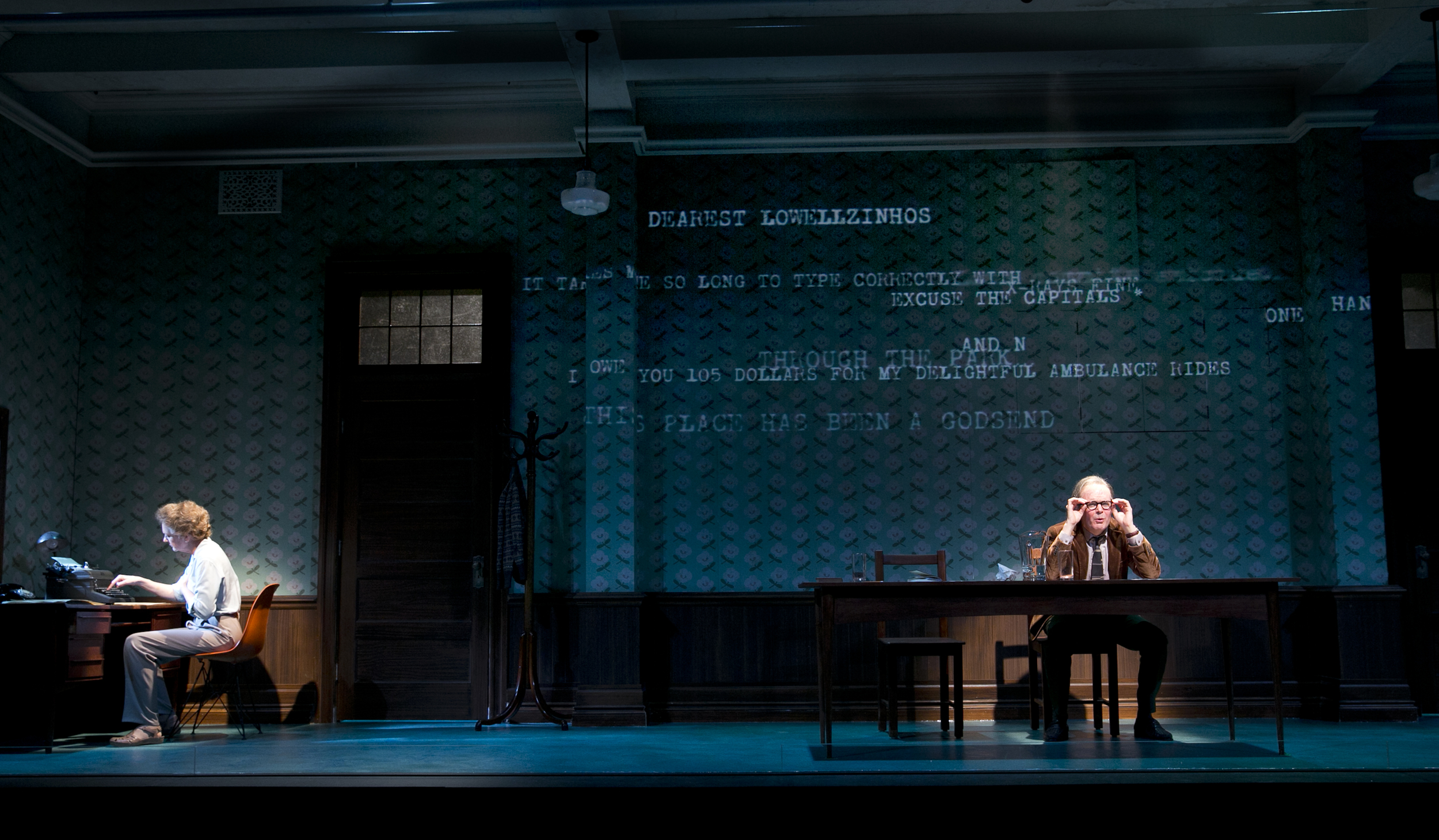Yesterday I had a tiny epiphany when I finally got around to looking at a recent issue of The New Yorker: that after years and years of basically ignoring the fiction in this fine magazine -- to which I have have subscribed religiously since I was 18 years old -- there is, finally, a writer of short stories whose work I actively look for in the table of contents. I can remember the first writer whose work made me pay attention to The New Yorker at all: Deborah Eisenberg. My mother was the person who brought her to my attention. It was the story, “What It Was Like, Seeing Chris.” My mother handed me the magazine one day, after school, and said, “I bet you’d like this.” She was right. The story about Laurel losing her sight, and her weird interactions with this older guy, Chris, who was sort of awful yet kind at the same time, was the most amazing thing I’d read since, I don’t know, the novels of Norma Klein. It was like reading Norma Klein, actually, but more subtle, and compressed, and more realistic, to me. Grittier. I became a huge fan of Deborah Eisenberg’s and when her first collection of stories came out I bought it immediately; I read it so many times the edges of the pages have grown soft.
While I fell in love with other writers after that, and to be honest, fell sort of out of love with Eisenberg’s work (I should just revisit it, though -- I am positive that the fault lies not with her but with me), the fiction in The New Yorker, over time, became something I just had no feeling for. I wish I could put my finger on exactly why. It’s true that my tastes in fiction are extremely limited -- I am the most provincial of readers, only interested in a certain type of writing, set in a certain kind of place -- but it’s also true that the magazine seemed to deliberately become a haven for the exact opposite of what I was looking for. So it was easy for me to glance at the author’s name and dismiss it: Not my kind of thing. I’m not looking to be depressed, or enlightened, or educated, when I read fiction (that’s what non-fiction is for, I guess, is my feeling). The multiculturalism that The New Yorker embraced left me cold -- though I think that, in a larger sense, it was a beneficial shift for the magazine and for readers in general. That it didn’t appeal to me personally wasn’t a problem for me; much of the rest of the magazine still did, after all.
So: All well and good: I was still someone who’d read The New Yorker every week and inevitably think some essay or other was great but completely zip past the fiction.
Until Tessa Hadley.
I remember reading “An Abduction” while sitting at the playground, keeping one eye on my daughter, praying I wouldn’t have to get up and help her so I could finish the story. I finished it and immediately re-read it. I cannot remember the last time I did that.
And yesterday, as I was reading “Valentine,” it hit me forcefully that what Deborah Eisenberg was doing in the mid-1980s, Tessa Hadley is doing now. And I want to say -- forcefully -- that I do not mean that to sound insulting, or to pooh-pooh what Hadley’s work is about or how it’s done. What I mean is the best possible thing: which is that where Eisenberg left off, or left me off, anyhow, Hadley has picked up, and continued to write about these people with the same kind of eye. There’s a precision about it, capturing the sense of emotional wandering, the “I’m trying to figure this shit out, leave me alone while I figure this shit out, ok?” that every young person has. (Maybe not every young person, but a lot of them, certainly. The ones I liked, anyhow, when I was one of them myself.) Hadley, like Eisenberg, isn’t patronizing toward her young protagonists. She’s not writing pat little stories about teenagers to capture a lost innocence; she’s capturing those precise moments when things are teetering one way or another, and she’s doing it without moralizing -- almost wryly -- and she has a certain economy in her sentences that does so much with so little. The stories about older people, too, have this same quality of precision. To make a fast sloppy comparison: Where T.C. Boyle -- who also often has stories in the magazine -- is an entertaining if pedantic guest at the cocktail party (bombastic and full of pyrotechnics -- the showmanship is completely unavoidable, and it can be fun but it can also be overwhelming), Eisenberg and Hadley are shyer guests. They share this quality, this sense of smart people who’re maybe more shy than is good for them, sitting quietly in the corner, taking notes in shorthand that they expand ever so slightly to build the stories later, after they’ve gotten home from the dreaded cocktail party. And the stories are just as crafted and tight as Boyle’s, but without the baroque flourishes -- more Russel Wright, perhaps, in tone. And it’s easy to overlook Wright, because he’s not gaudy, but the stuff is beautiful nonetheless.
A tiny bit of internet research indicates that both Eisenberg and Hadley are felt to be “unfairly neglected” or underrated writers, and that may be true, but I, for one, esteem them very highly, and the way I once drew lines in my head between the works of one writer to another -- in college, I drew lines from Jane Austen to Edith Wharton to Dorothy Parker, which was very tedious, but that’s college for you -- I am now drawing a big, fat, black line, with a Sharpie, between Deborah Eisenberg and Tessa Hadley. Hadley’s “Valentine” is apparently a portion of a novel she’s planning to publish soon, and let me tell you, I will probably buy that one the moment I see it, in hardcover, just as I did Eisenberg’s Transactions in a Foreign Currency. I cannot wait.



